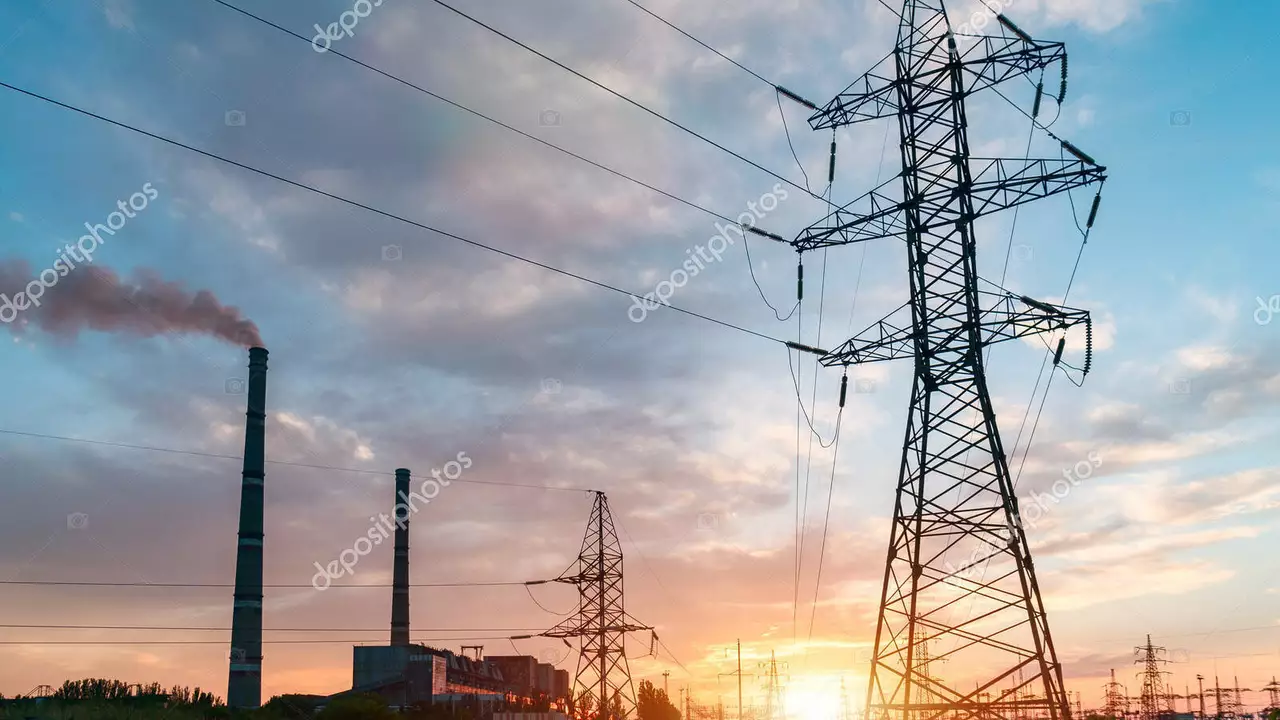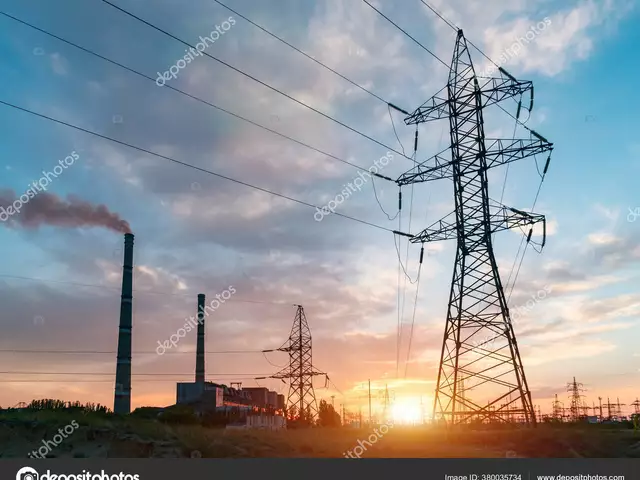Can you put a building under a power line?

'Eyeing That Patch Under The Power Line? Not So Fast...
You're driving down the highway, and there it is - that vast, untouched land under the humming power lines. It seems like a perfect spot, right? Vacant, massive, and often cheaper due to its proximity to the imposing steel structures. The idea of putting a building there might pop into your mind. Is it possible? Well, hold your horses, and let's delve into that topic.
Currently, many folks around the world might have the same thought, so you're not alone. In reality, the prospect of building under power lines seems tempting but carries with it a degree of complexity that requires thoughtful consideration. It's not a three-piece puzzle, more like a four thousand piece jigsaw of a clear blue sky!
'The Physics of Power Lines'
Before we get into the legalities and logistics, let's first understand what those looming power lines are and how they work. I promise I won't bore you with details of electromagnetic fields and flux density, but it's meaningful to understand that these lines transmit electricity, not just hang as artistic installations!
A significant concern regarding power lines is the invisible magnetic field produced as electricity flows through them. This field varies depending on the amount of electrical current, or as we electrical geeks call it, 'ampere'. These fields have been a subject of debate regarding their health impacts for a while now. Although current research indicates it's mostly safe, some studies suggest long-term exposure could possibly have adverse effects. Like my Aunt Martha always said, it's better to be safe than sorry!
'Regulations Binding the Lines'
Now, let's tackle the nitty-gritty here. Each region has its own set of regulations concerning construction near transmission lines. When I worked as a construction inspector, I realized how severe these laws could be!
Most regulations dictate a minimum safe distance from power lines at different voltages for buildings and other structures. These rules are set keeping safety the foremost priority concerning electrocution risks, interference with power transmission, and provision for disaster management if things go south. The land under power lines is often designated as a 'utility easement'. This implies that though you might own that land, the utility company has the rights to it. Painful, I know!
'The Visual Aesthetics or Lack Thereof'
If you manage to get through the bureaucratic jungle and finally secure permission, there's another factor to consider – aesthetics. Imagine looking out of your window every morning greeted by a massive power tower. Unless you have an odd affection for steel lattice towers, it might not be the picturesque view you envisioned.
Apart from this, there's always the constant buzz of electricity flowing overhead. Not exactly the sounds of nature you might be hoping for in your backyard. But who knows, you might start finding that hum soothing. After all, beauty is in the eye (or in this case, the ear) of the beholder!
'Maintaining the Balance: Environment and Development'
One of the counter-arguments that justify building under power lines is the optimal utilization of land. With urban spaces shrinking faster than my waistline during the lockdown, it's essential to effectively use every inch of available space. However, striking that balance is far from simple. It's like juggling a soccer ball, a bowling ball, and a goldfish bowl!
In the domain of urban planning and development, a balance must be sought between infrastructure expansion while maintaining ecological harmony. Vegetation management under power lines does offer habitats for certain wildlife. So we need to assess whether we're willing to trade off a slice of urban jungle for one of the real variety.
'Foregrounding a Health-centred Approach'
Though most research suggests that living under power lines poses minimal health risks, there are still some who raise concerns. If there's a topic where we should adopt the motto 'better safe than sorry', it's health. So, consider the possible health implications when deciding to build under transmission lines. Remember, your health is the biggest wealth; you can't enjoy that stunning modern loft if you're not well!
And for those conspiracy theorists out there insisting power lines cause everything from hair loss to the unexpected growth of a third arm, you might want to save your argument energy for the alien invaders!
'Exploring Alternatives: Other Ways to Use This Land'
If you're disappointed and had already started mentally designing your dream house under those lines, cheer up! There are many ways to convert this land into a useful space. Community gardens, parks, playing fields, they’re all great options. I’ve seen some fantastic vegetable patches thriving under those lines. Apparently, tomatoes aren't picky about their scenery.
So, there you have it—a deep dive into the potential and pitfalls of building under power lines. It's thrilling to envision, yet tougher to execute, filled with regulatory, health, environmental, and aesthetic considerations. However, it does open up interesting dialogues on land utilization, urban planning and ultimately, our adaptability. Remember, keep the power lines above and your aspirations high!
Written By Caspian Fennimore
Hi, I'm Caspian Fennimore, a skilled home builder with years of experience in constructing high-quality residences. My passion for creating beautiful, structurally sound homes has evolved into a love for sharing my knowledge on home repair. Through my writing, I aim to help homeowners tackle various maintenance issues and improve their living spaces. Whether it's fixing a leaky faucet or renovating a room, I strive to make the process easy and enjoyable. I believe that a well-maintained home is the foundation of a happy life.
View all posts by: Caspian Fennimore
